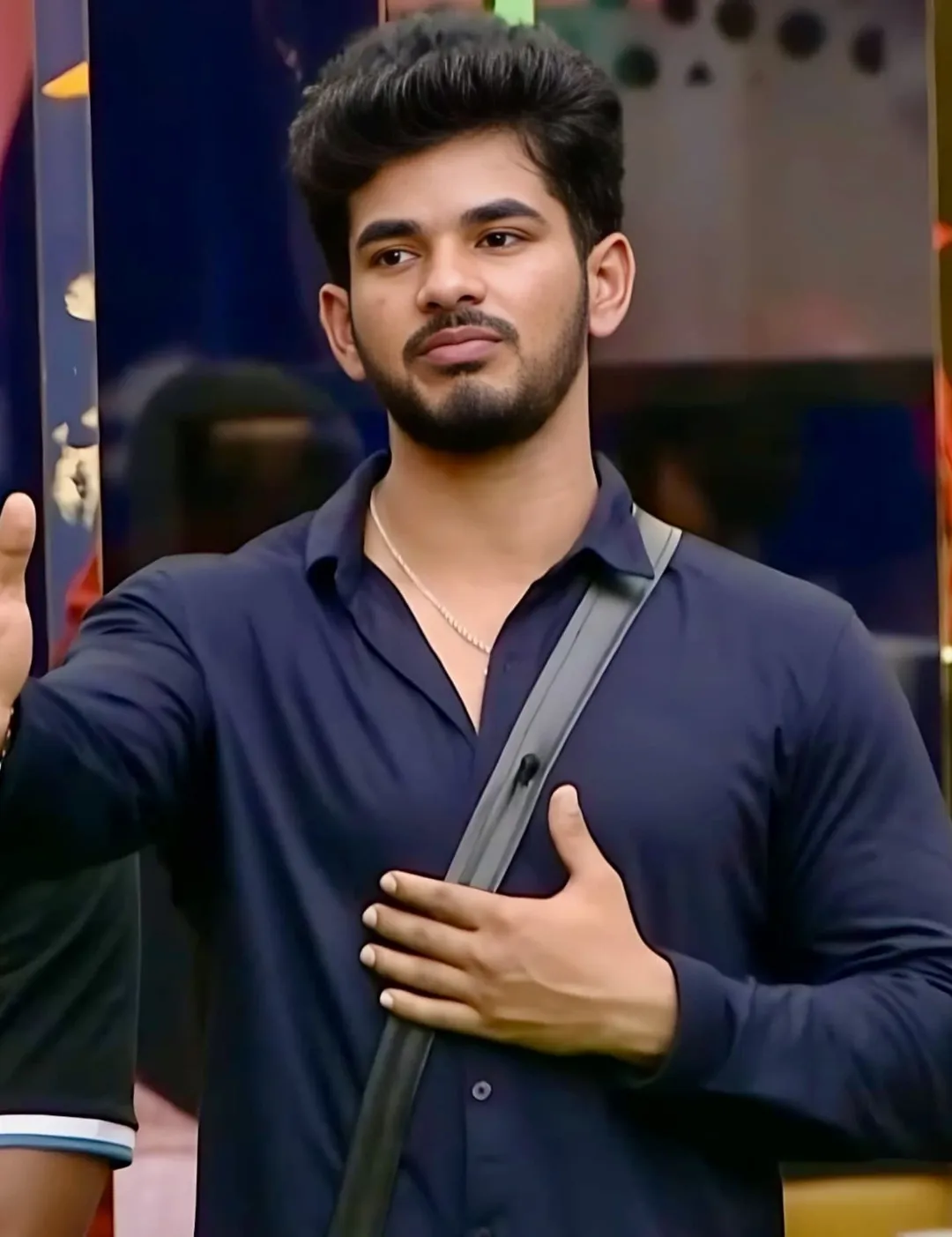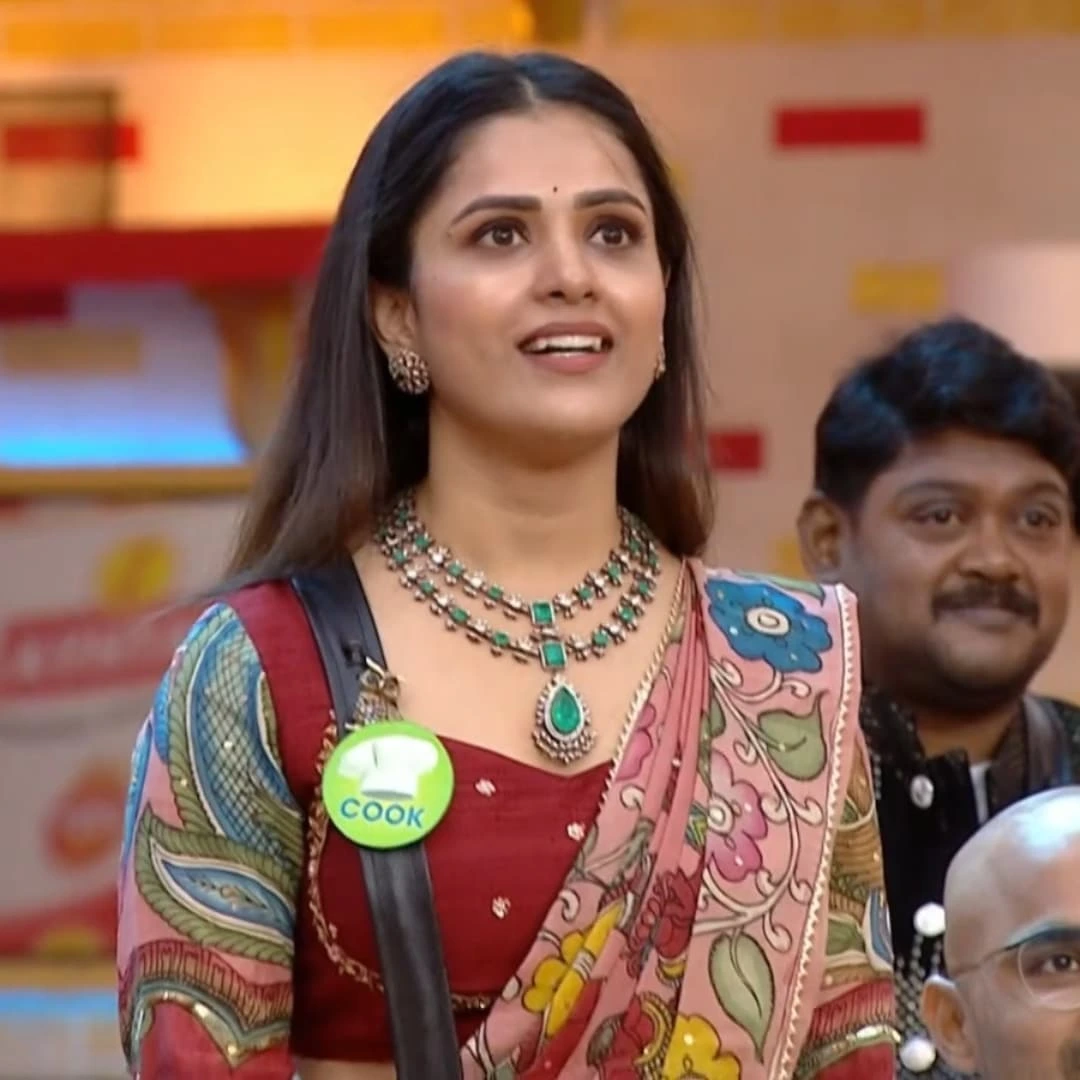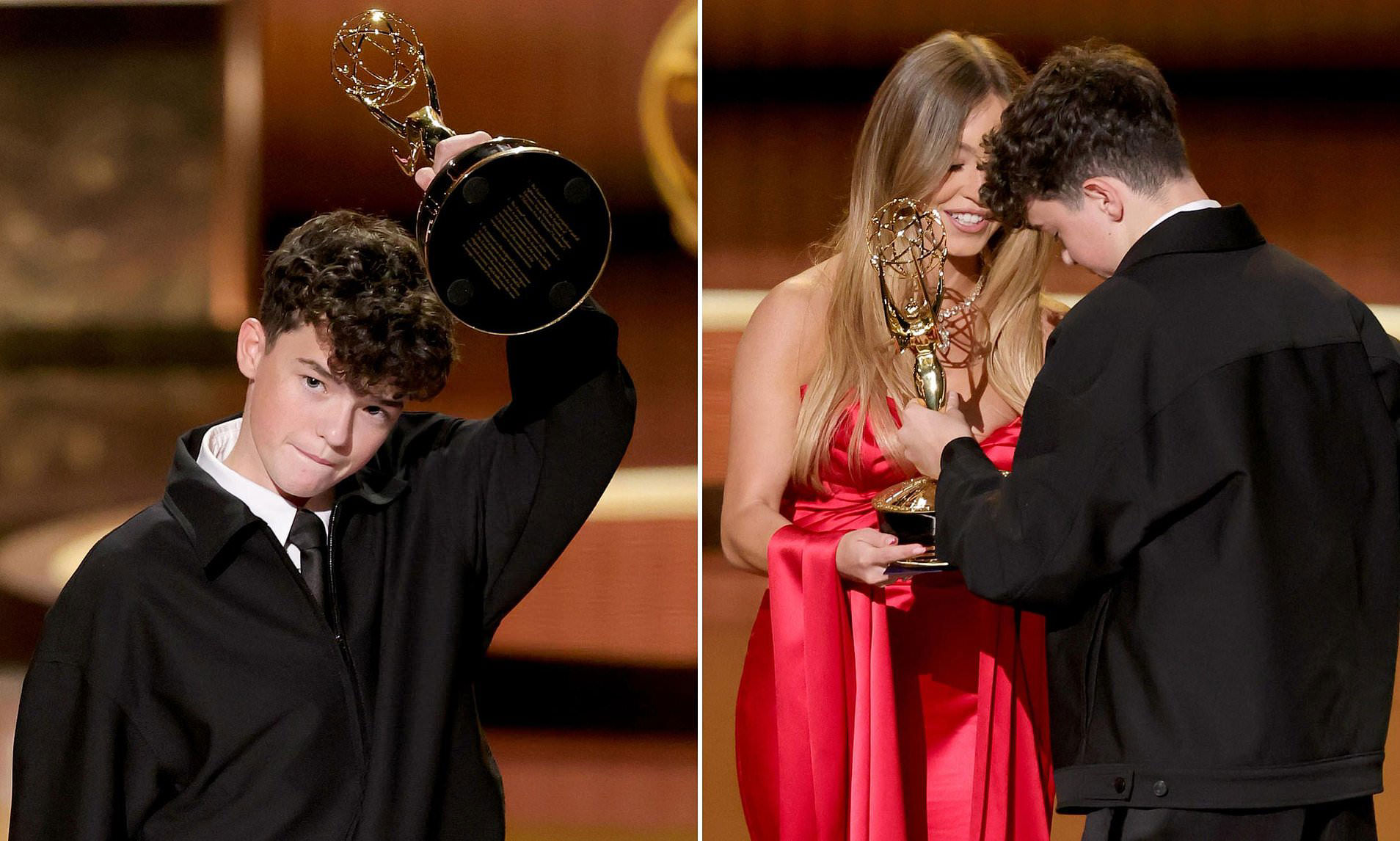How Filmmakers Brought Julia Roberts and George Clooney to Narrate Ads
In the heat of a highly charged campaign season, filmmakers Colin Keith Gray and Megan Raney Aarons of GRAiNEY Pictures collaborated with Hollywood icons Julia Roberts and George Clooney to create political ads that struck a provocative chord. These ads, aiming to promote voter independence and privacy, sparked considerable controversy among conservative circles, even prompting a response from former President Donald Trump.

The ads, titled Your Vote, Your Choice and Remember Who We Love the Most When We Vote, brought a refreshing yet divisive approach to the notion of voting privacy. Featuring Roberts and Clooney as narrators, the ads depicted people discreetly voting in line with their beliefs, regardless of external pressures. This creative approach was not only effective in capturing attention but also in highlighting the complex social dynamics surrounding voting choices.
The Concept Behind the Ads: Privacy in Voting Choices
In Your Vote, Your Choice, Roberts narrates a scenario where two women stand beside their husbands at the voting booth, ultimately making their own independent choices for Kamala Harris. Roberts’s line, “What happens in the booth, stays in the booth,” quickly became a rallying cry for those advocating for autonomy in voting. The ad’s theme revolved around the idea that individual voting choices should be respected, free from external judgment or influence.
Remember Who We Love the Most When We Vote, narrated by Clooney, mirrored this sentiment by shifting focus to men who vote independently to honor the women in their lives. Clooney’s line, “You can vote any way you want, and no one will ever know,” underscored the notion of personal choice, privacy, and respect within the voting process.
These ads touched on fundamental themes of voter independence, privacy, and the sometimes unspoken influence of social dynamics on voting behavior.
How the Ads Sparked a Conservative Backlash
As the ads circulated, they quickly garnered mixed reactions across social media and news outlets, especially among conservatives who saw the message as challenging traditional expectations within family and societal voting patterns. Former President Donald Trump publicly commented on the ads, singling out Julia Roberts for her involvement.
Trump expressed his disappointment over Roberts’s role in the ad, telling Fox & Friends, “I’m so disappointed at Julia Roberts…she’s going to look back at that and cringe. Did I really say that?” This public disapproval from Trump amplified the buzz around the ads, prompting a wave of discussions about the power and influence of celebrity endorsements in political discourse.
The Visionaries Behind the Project: Colin Keith Gray and Megan Raney Aarons
Filmmaker siblings Colin Keith Gray and Megan Raney Aarons, co-founders of GRAiNEY Pictures, were instrumental in developing the ads. With a “small, sort of scrappy outsider team,” they produced these impactful spots on limited budgets and tight timelines. The project’s success is a testament to their creative vision and their determination to make a social statement through storytelling. Gray and Aarons collaborated with Vote Common Good, a progressive organization focused on voter advocacy and education, to bring the ads to life.
Building the Creative Team and Securing A-List Narrators
Creating these high-impact ads required a collaborative effort from a talented team. Gray and Aarons credited the creative input of Vote Common Good’s Doug Pagitt, writer Dode Levenson, former Jimmy Kimmel Live! producer Jill Leiderman, and The Daily Show writer Rob Kutner. This blend of talents ensured the ads struck the perfect balance between a persuasive message and artistic integrity.
Securing Roberts and Clooney as narrators was no easy feat. Despite the campaign’s relatively small budget, Gray and Aarons leveraged their industry connections to attract the Hollywood icons. The participation of Roberts and Clooney not only elevated the ads’ visibility but also underscored their commitment to championing voter independence.
Why the Ads Resonate with Voters
The ads tapped into a fundamental aspect of voting that resonates with people across the political spectrum: the right to a private, independent vote. By portraying relatable scenarios of voters making choices that honor personal convictions over societal pressures, the ads struck a chord with those who value privacy and autonomy in the voting process. The ads encouraged viewers to recognize that each person’s vote is personal and deserving of respect, regardless of external influences.
This approach was particularly timely given the polarized nature of the current political climate, where partisan pressure can make it difficult for individuals to express their views freely. Gray and Aarons’s ads serve as a reminder that the voting booth is a sanctuary of personal choice, free from judgment.
The Cultural Impact and Media Response
The ads quickly went viral, sparking widespread media coverage and social media debates. Their ability to “ruffle feathers for factions of the right” is a testament to their provocative messaging, which challenged traditional assumptions about voting and personal agency. By addressing the issue of secret voting within relationships and communities, the ads became a cultural conversation piece, shining a light on an often-overlooked aspect of democratic participation.
Through these ads, Gray and Aarons successfully fostered a discussion about the importance of respecting each individual’s voting choice, even in the face of societal and familial expectations. Their success in generating such dialogue highlights the power of storytelling in shaping public opinion and influencing voter behavior.




